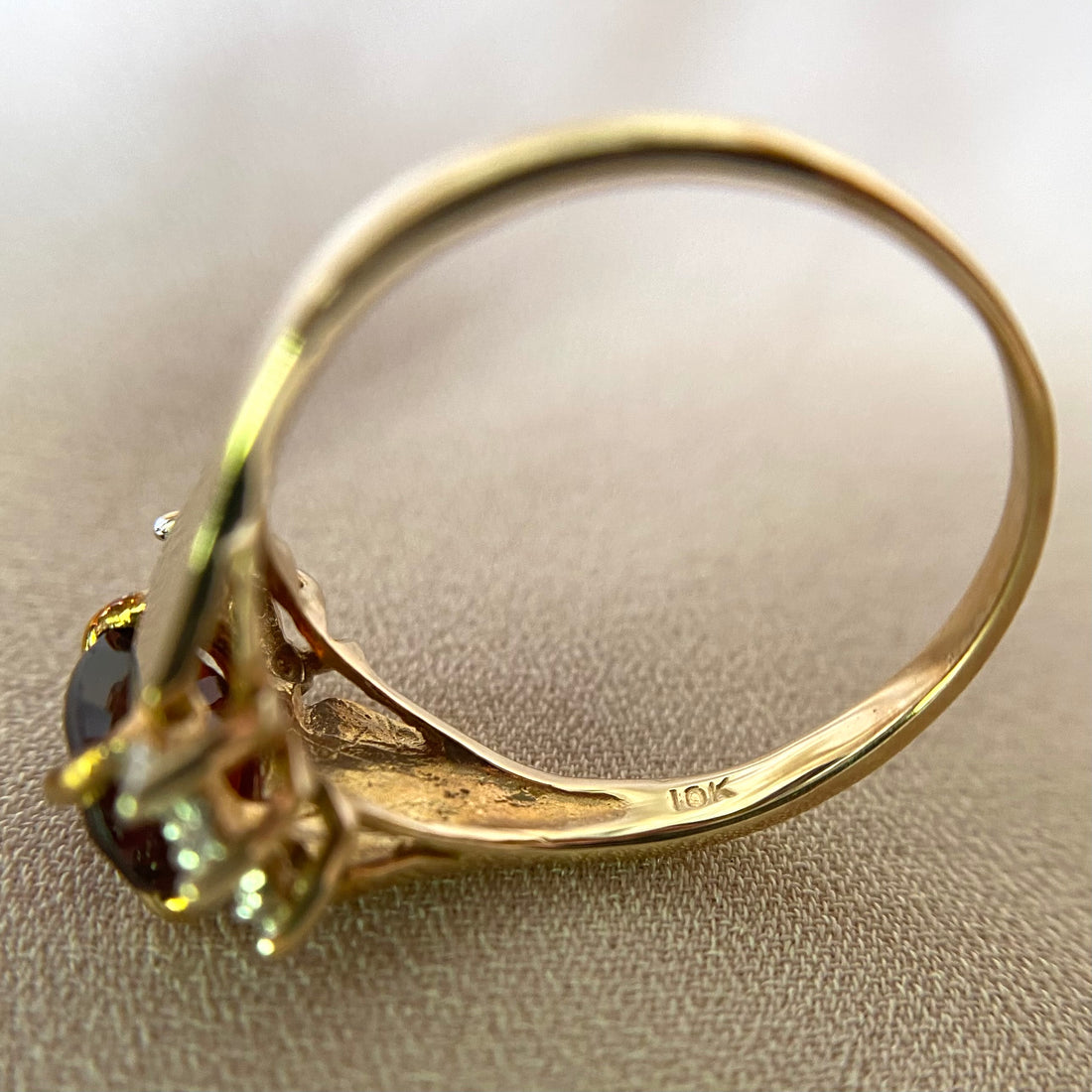
What are gold-plated, gold vermeil, gold-filled, or solid gold jewellery?
Share
Let's first find out what all these terms mean:
Gold-plated jewellery has a base of some other metal, such as brass, nickel or stainless steel, covered with a thin layer of gold. This is what you’ll find on the lower end of the price spectrum. The gold on gold-plated jewellery rubs off easily, revealing the metal underneath and losing its colour and shine quickly. It also tarnishes quickly from my own personal experience.
Gold vermeil is similar to gold-plated jewellery, but the difference is that the layer of gold is thicker and the metal underneath is sterling silver. It will last longer than gold-plated jewellery, but can still tarnish if exposed to water, sweat, or perfume. The gold can eventually scratch and rub off with wear.
Gold-filled jewellery, contrary to the name, is not actually filled with gold. Rather, a thick layer of gold is bonded to another metal, such as brass or copper. The gold layer is 5% of the total weight. Gold-filled jewellery is a great economical alternative to solid gold. If taken care of, it can last as long as solid gold and won’t tarnish or rub off. The downside is that if you were to sell your gold-filled jewellery, the prices will be largely similar to other gold-plated jewellery.
Solid gold jewellery may not be entirely solid gold, because pure gold is often too soft to create durable jewellery. Instead, gold is alloyed with a mixture of metals like silver, copper, and palladium. Solid gold jewellery is the most expensive and high quality option as will not rub off, flake, and won't easily tarnish at all. Solid gold jewellery may also have the best resale value. Take note of the gold grading system:
| Karats | Parts of Gold | Purity % | Millesimal Fineness |
|---|---|---|---|
| 24K | 24:24 | 99.9 | 999 |
| 22K | 22:24 | 91.7 | 916/917 |
| 20K | 20:24 | 83.3 | 833 |
| 18K | 18:24 | 75.0 | 750 |
| 14K | 14:24 | 58.3 | 583/585 |
| 12K | 12:24 | 50.0 | 500 |
| 10K | 10:24 | 41.7 | 416/417 |
| 9K | 9:24 | 37.5 | 375 |
Do note that the purity is the minimum percentage a piece's karat rating is labeled. Hence, a piece of gold jewellery rated 850 is rated down to 833 or 20K gold.
The higher the karat of a gold jewellery, the less likely it is to tarnish, wherein 24 karat gold cannot tarnish. In general, tarnishing is mostly seen in jewellery that has lower gold karat and is usually seen in items that have less than 14 karats of gold. Little tarnishing may be observed in 14 karat gold products and very seldom in 18 karat gold.
Which type of gold is best?
There’s no “best" type of gold. However, there can be a most suitable.
It’s also important to shop with your budget in mind. While an 18K ring might look fantastic, it’s almost always going to cost significantly more than a similar option in 14K or 10K gold.